Japan – day 4, Kamakura, Yokohama
The fourth day in Japan was the last day in Tokyo. We set off in the direction of Kyoto, stopping at two towns along the way: Yokohama and Kamakura.
It was a long day for us, during which we traveled more than 400 kilometers by train, and leisurely visited Yokohama i Kamakura, All made possible by Japan's high-speed rail system. It required good logistics, as we left our luggage at the station in Yokohama, went to explore Kamakura, to then return to the first town and from there go straight to Kyoto. As they say nothing difficult for the willing 🙂
Kamakura
And again the Shinkansen and again the speed 🙂 From Tokyo we went to Yokohama, to leave there excessive luggage, which we did not need for happiness while visiting the above-mentioned two localities. We decided to leave our backpacks in the lockers, which are plentiful at Yokohama Station.
Note that some of the lockers are for special cards that get recharged. Fortunately, there are also normal lockers, for coins. A whole lot of lockers! There are different sizes available, we easily fit two large backpacks into a medium-sized locker (the gentleman from the staff even helped us squeeze them in).
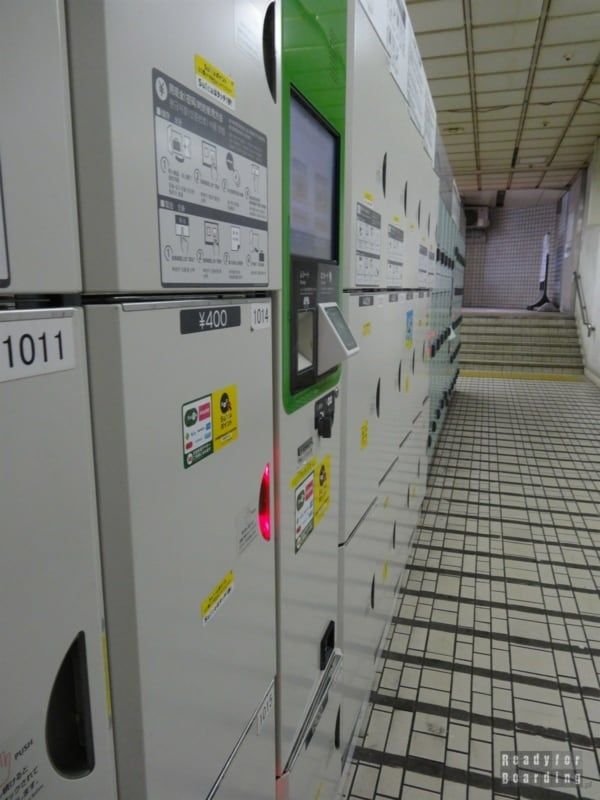
After getting rid of the ballast, we drove to the Kamakury – the former capital of Japan. This is where the m.in. The Great Buddha (Kamakura Daibutsu), The statue for which this town is famous.
We chose the line Yokosuka Line, Which took us directly to our destination (ie. To Kamakura, not to Buddha directly ;-)). Believe, finding the right way and finding the right train really isn't difficult, at least that's what Paul says 😉 This is the essence of the railroad idea here: everything is supposed to be clear and orderly until it hurts.
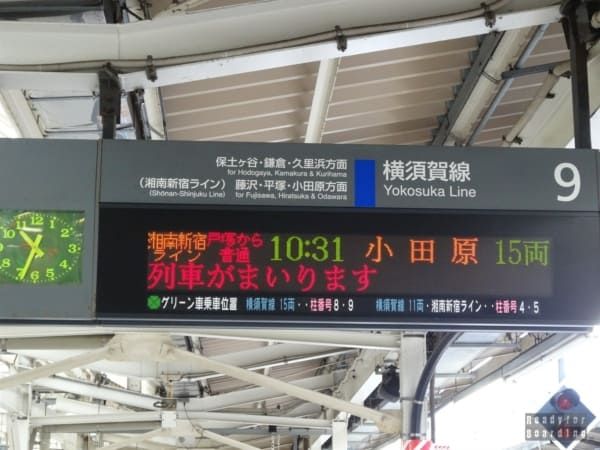
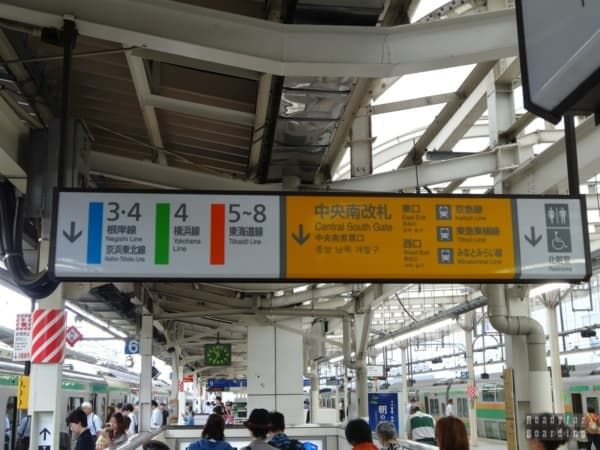
Upon arriving at the Kamakura train station, we found no point with tourist information. Instead, we found leaflets and maps with suggestions for exploring the city. Everything legible and understandable, even for a European.
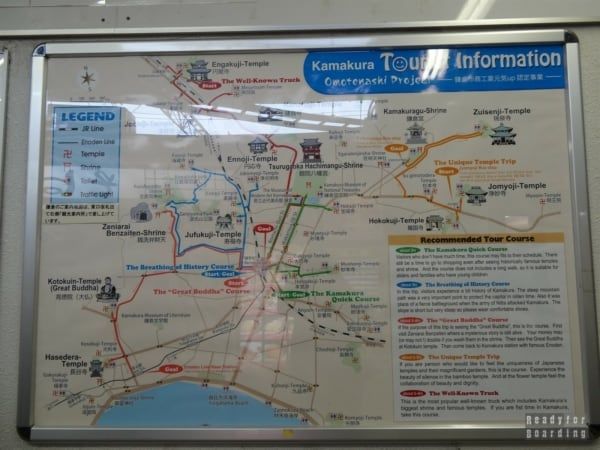
To the Great Buddha we decided to go on foot. Along the way we passed lots of groups of young children, who had to find their way around the city on their own; walking around with maps and looking for some points on the ground. Some approached tourists and asked them to fill out surveys in English – this was one of their assignments at school. It was cute how in broken English or memorized phrases they tried to get along with us without even waiting for an answer. They asked us m.In. Where we are from, what we like in Japan, etc. We can't imagine it in Poland, to send several-year-old toddlers into the field and give them the task of extracting information from strangers.
However, let's return to the Great Buddha. We expected to see it from a distance, dominating the landscape of Kamakura, and it turned out that it sits quietly among the trees and does not lean out. This bronze statue is over 13 meters high and weighs 93 tons.
Originally, the statue of the Great Buddha was located in a temple. In the 15th century, a huge tsunami wave wiped out the building. Buddha, however, survived and is still in the open today.

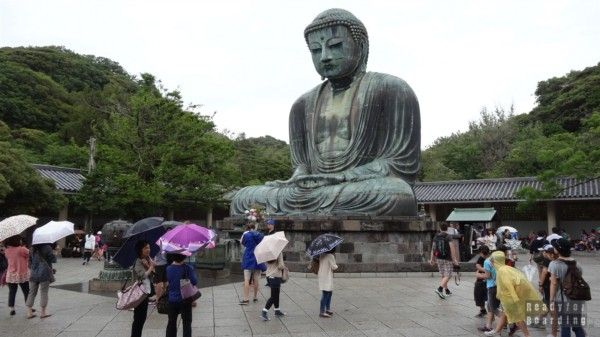
Upon exiting, Buddha-shaped sweets await tourists (yummy!) and sweet rice balls (less yummy ;-)).
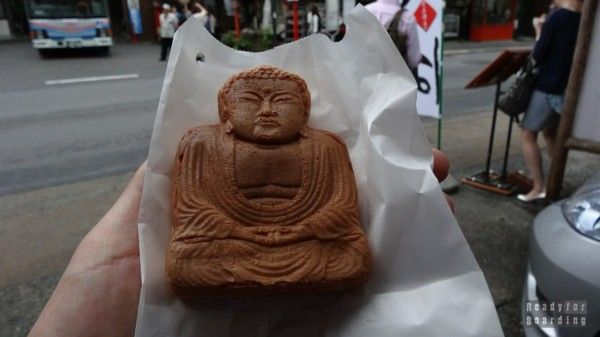

In Kamakura itself there are a lot of tourists, you can meet them at every turn, and the streets are clogged from coaches. All in all, we are not surprised, the city is beautiful (even considering the weather, which at the time did not spoil us), full of temples and chrams. There are also sandy beaches in Kamakura, which for obvious reasons we bypassed by a wide margin.
Instead, we went to one of the most important chrams in Kamakura – the Tsurugaoka Hachimangu. Along the way, we wanted to have another look at the Hasedera temple, but admission there turned out to be charged, so we decided to head straight through an alley with stores and Torii gates to the Tsurugaoka Hachimangu complex.

The Tsurugaoka Hachimangu complex is the most important chram in Kamakura, as can be seen in the very center of the city: the main road from the coast leads to it, with red torii gates along the way. Unfortunately already on the way among the gates it started to rain harder and we had to speed up.
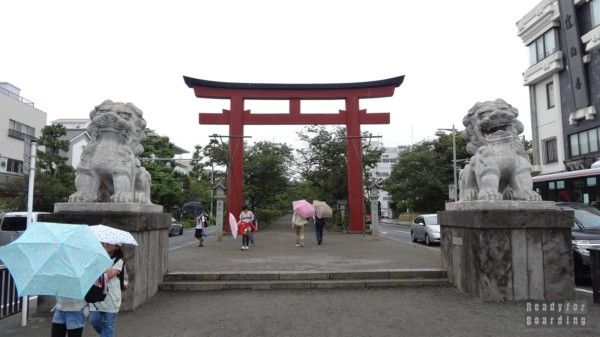
The chram occupies quite a large area full of buildings among greenery, trees and bushes. There are ponds with islands, gardens with peonies and if it weren't for the crowd of tourists it would be a perfect place for a quiet walk and relaxation.
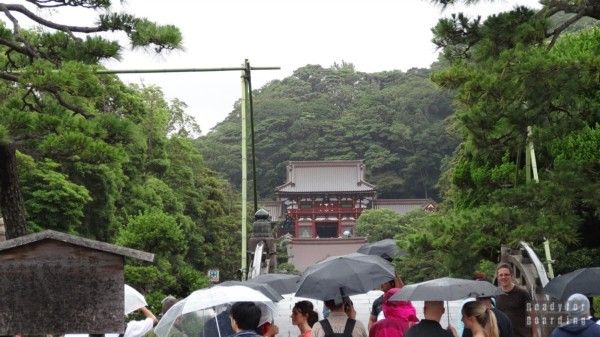

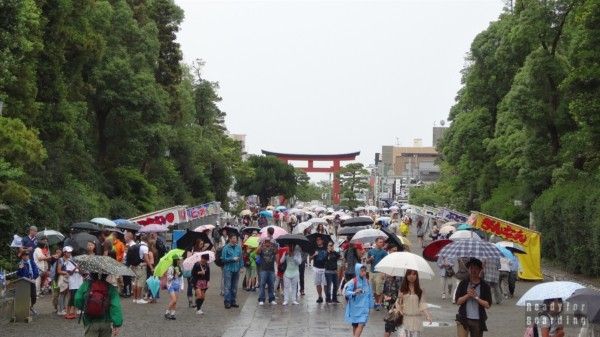
Yokohama
The weather did not spoil us, it was getting darker and rainy. The pleasure of walking around the city zero so we decided to return to Yokohama.
Here the weather was more favorable (at least initially), so without hesitating a moment we set off to the famous Chinese district (China Town) – Japan's largest.

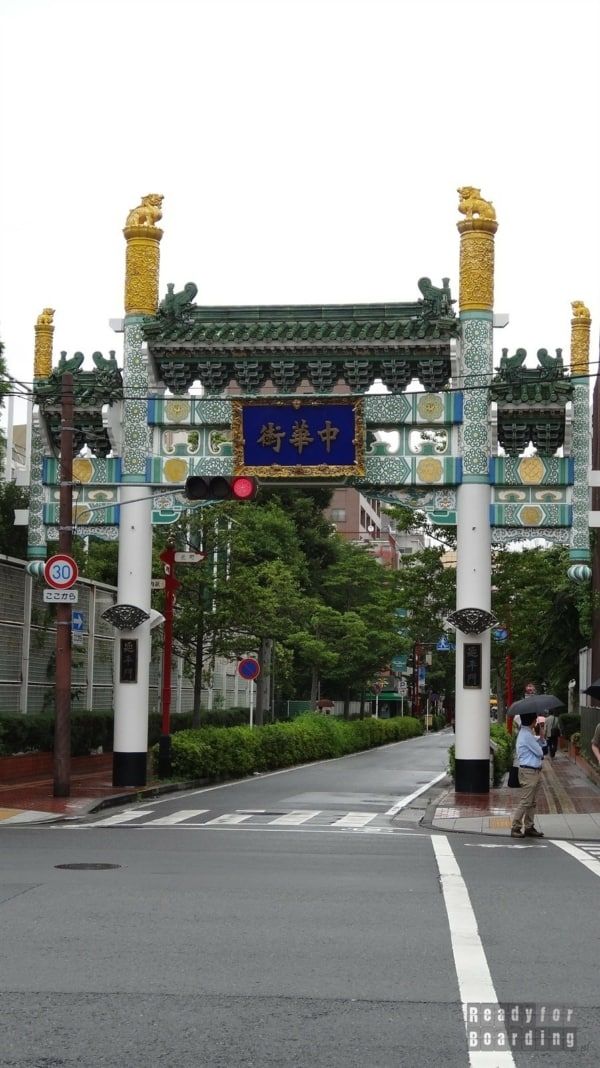
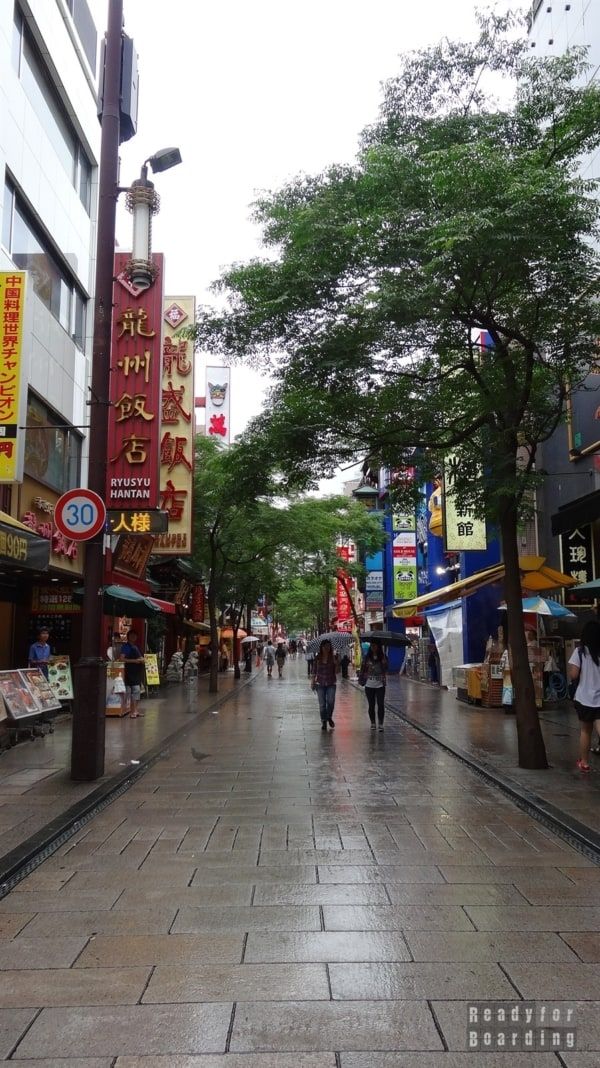
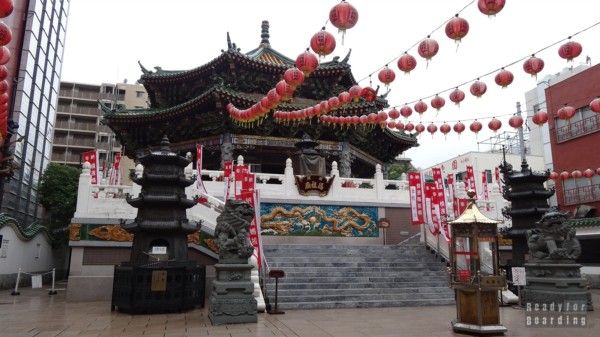
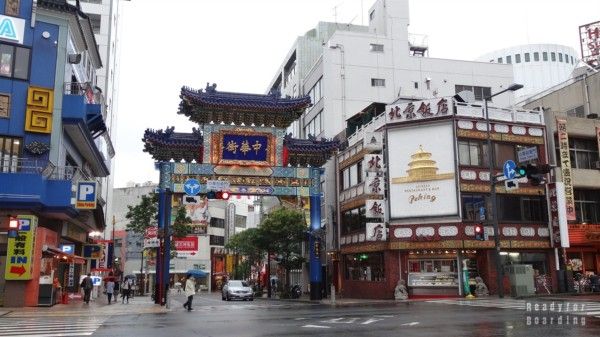
There are plenty of restaurants in the Chinese district (about 300!) and stores and colorful lantern-decorated streets. To be honest, both the Chinese stamps and the people themselves looked the same to us as outside China Town, hence the lesser impression this place made on us. Here we saw stores we had encountered before in other areas, although once again we were charmed by the ones all decked out in pandas.
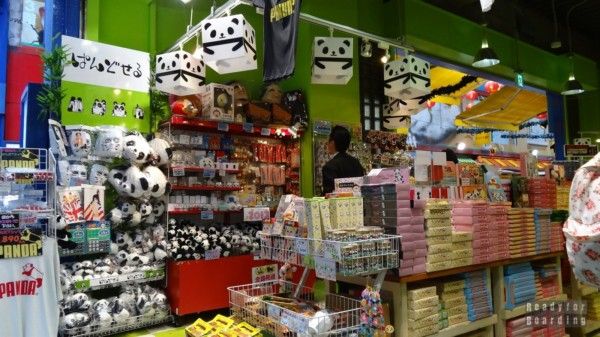
In the Chinatown it is worth eating something. You can take advantage of one of the numerous buffets, where by paying once you can eat as much as you want, and we took advantage of just such an option. At the entrance we were given a menu depending on the amount we paid and we could order as many dishes as we liked.
On the one hand, it's a pretty good idea to try dishes we would never know, because even here you could eat typical Japanese specialties. They are prepared on the fly, and do not stand in big heated trays like in typical buffets. On the other hand, it has its downside, because the portions are very large and simply a lot of food goes to waste, and there is no way to scoop up a bit at a time to try more dishes. Something for something – as always.
China Town also has a restaurant option, where food is ordered via vending machine – convenient, but often requires knowledge of Japanese.
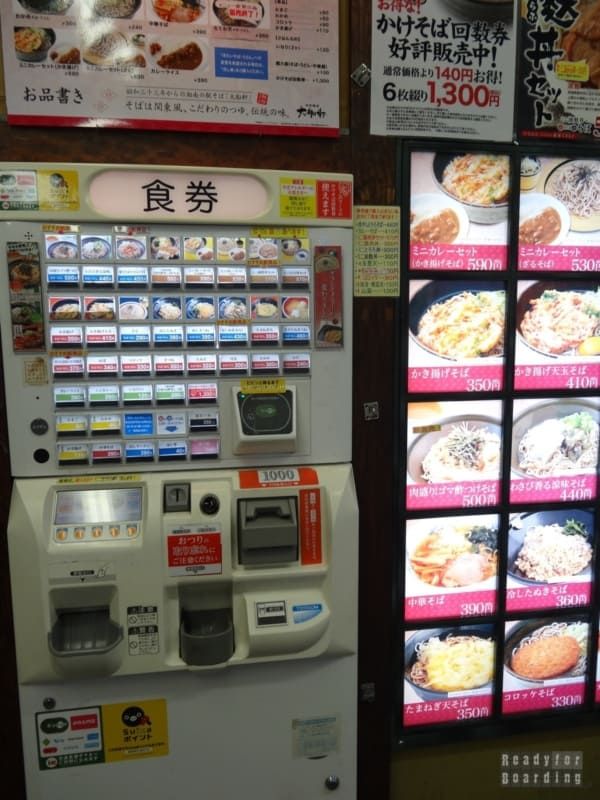
After a large meal, we decided to leave China Town and headed towards the port, but unfortunately the weather had already broken completely and once again took away our hopes for a peaceful wandering through the city streets. Even one of the most famous buildings in Yokochama – Landmark Tower – did not encourage us to climb up (or rather ride up, and quite a fast elevator) to the top to admire the panorama of the city…
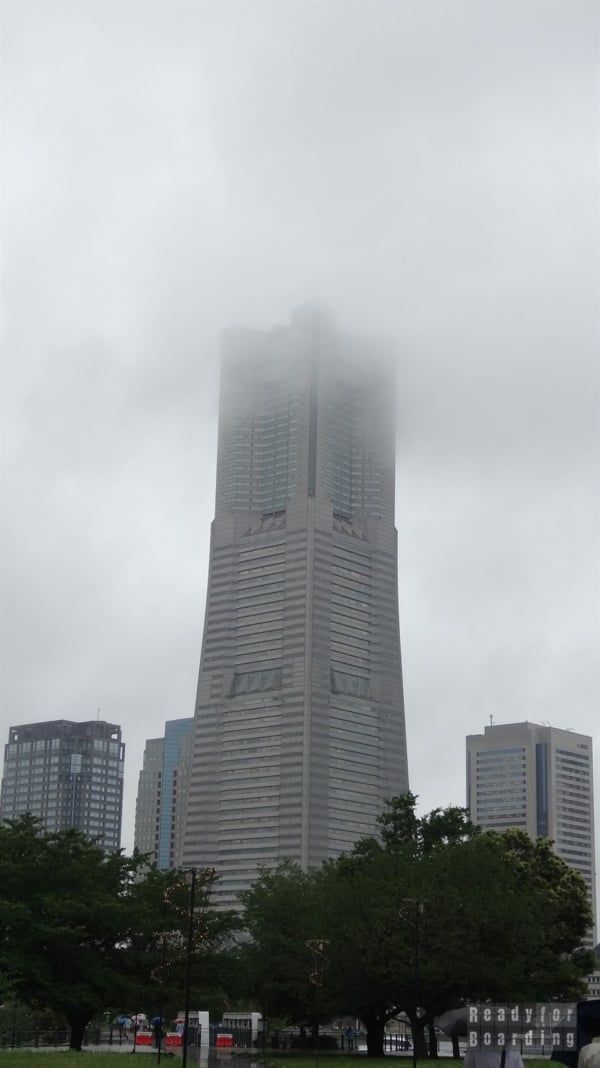
Heavily disappointed, we returned to the train station and continued on our way to Kyoto, Japan's former capital. In less than 3 hours we were at our destination (do we need to add what train we took? :-)).
Kyoto – the former capital of Japan
From the station we went straight to our accommodation because the hour was not so young – and here we had a pleasant surprise waiting for us. Finally, because we were already afraid that the day was written off. Although the accommodation was inexpensive, the standard turned out to be quite high. It was more of a guest house, but we had a kitchenette, bathroom, and from the amenities: computer with TV, dimmable light with remote control, bathtub with TV, drying room and of course washlet.
In short, quite a graze! 🙂
Note the distinctive washbasin above the loo. A very practical solution that saves water, space and time. Somewhere we even saw something similar in Poland once.

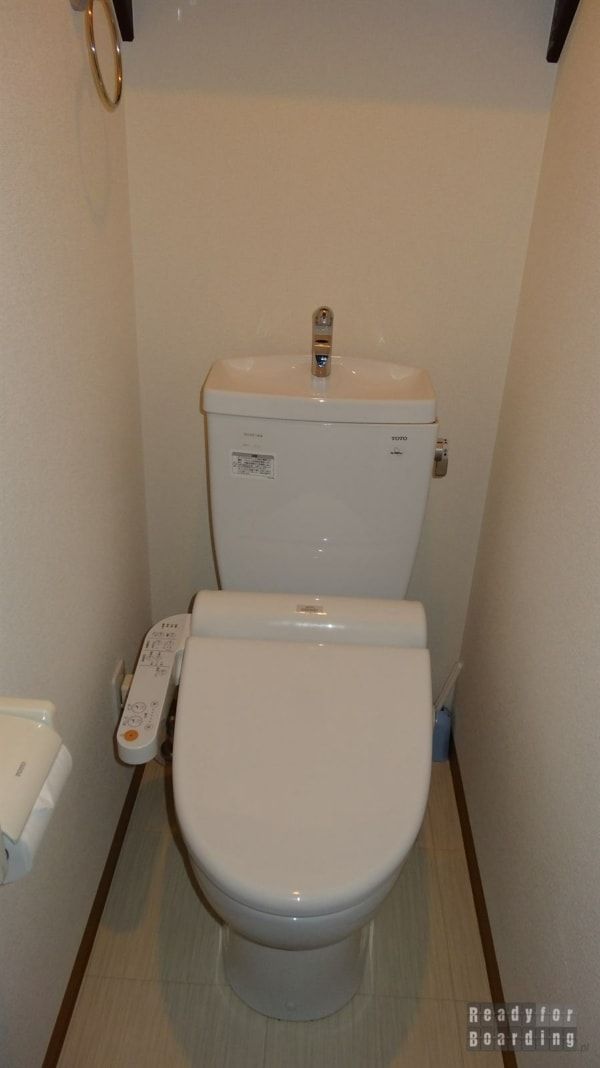
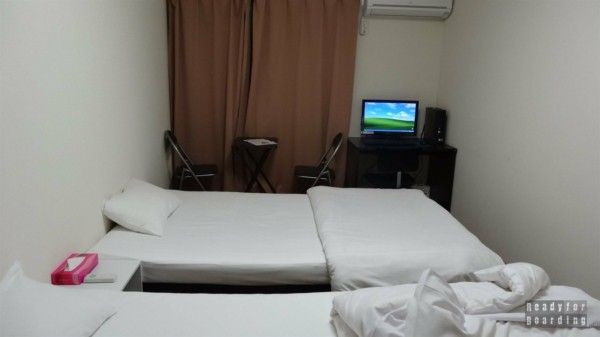
Unfortunately, the weather was still lousy and that was not to change until tomorrow…
